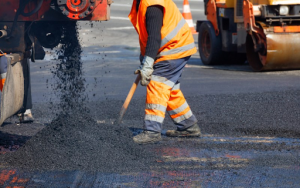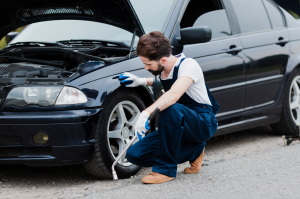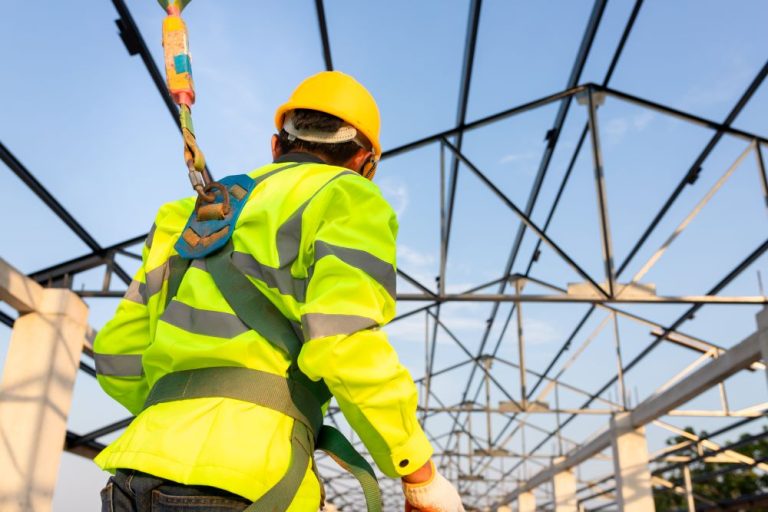Construction sites are dynamic and often risky environments, making safety a top priority for every team. Protecting workers from injuries requires not only proper training but also the right tools. Using effective safety equipment can reduce accidents and keep everyone secure throughout the workday.
In this post, we’ll explore five essential tools that every construction site should have to maintain a safe and productive environment. These tools are practical, proven, and easy to incorporate into daily routines. From personal protective gear to advanced systems, investing in these essentials helps foster a culture of safety. Let’s dive into the must-have safety tools that protect your team on site.
1. Fall Protection Tools and Systems
Falls remain one of the leading causes of injuries on construction sites, making a reliable Fall Protection System absolutely essential. These systems include harnesses, lanyards, guardrails, and safety nets—all designed to prevent falls or reduce their impact. A fall protection tools works by either stopping a fall before it happens or minimizing injury if a fall occurs.
Many companies specialize in offering a variety of quality fall protection systems tailored to different site needs and working conditions. These options allow construction teams to choose solutions that best fit their specific risks and environments, helping keep workers safe at any height.
2. Hard Hats and Head Protection
Hard hats are the classic symbol of construction safety, and for good reason—they protect workers from falling debris and head injuries. Modern hard hats are lightweight but tough, designed to absorb shock and resist penetration. They often come with adjustable straps and ventilation to increase comfort during long shifts.
Beyond just falling objects, hard hats can also shield workers from electrical hazards if properly rated. It’s important for workers to wear hard hats at all times in designated areas and to replace them if they show signs of damage. Proper head protection is a simple yet effective way to prevent serious injuries on site. Always make sure your team understands the importance of this basic but vital safety tool.
3. Safety Glasses and Eye Protection
Eye injuries can happen in a split second on a construction site from flying debris, dust, or chemical splashes. Safety goggles or glasses provide a physical barrier to protect the eyes from such hazards. Many models come with anti-fog and scratch-resistant coatings to ensure clear vision throughout the workday. It’s important to choose eye protection that fits well and meets safety standards for the specific risks present on your site.
Wearing the right eye protection not only prevents injuries but also helps maintain focus by reducing distractions caused by discomfort. Supervisors should enforce the use of safety glasses in all applicable areas to keep everyone’s vision safe. This simple piece of equipment can save workers from painful injuries and lost time.
4. High-Visibility Clothing
Construction sites are busy places with lots of moving vehicles and equipment, so making sure your team is easily seen is essential. High-visibility clothing—usually bright vests or jackets with reflective strips—helps drivers and machinery operators spot workers from a distance. This gear is especially important in low-light conditions or during early morning and late afternoon shifts.
Different classes of high-visibility apparel exist depending on the level of risk and type of work being done. Comfortable, breathable materials improve wearability so that workers are more likely to keep the clothing on all day. Safety teams should conduct regular checks to ensure compliance with visibility requirements. Investing in high-visibility clothing reduces accidents by improving awareness on site.
5. Hearing Protection Devices
Construction work often involves loud machinery and tools that can cause hearing damage over time. Earplugs and earmuffs are common hearing protection devices that help reduce noise exposure. Choosing the right hearing protection depends on the noise level and the environment—some devices block out more sound but may reduce the ability to communicate. It’s important to provide options that balance safety with practicality so workers will consistently use them.
Regular hearing tests can also help identify early signs of hearing loss among team members. Educating workers about the risks of prolonged noise exposure encourages responsible use of hearing protection. Protecting hearing is an essential part of keeping your team healthy and able to work effectively for years to come.
Takeaways
Ensuring construction site safety is an ongoing effort that combines training, awareness, and the right tools. Among these, a reliable fall protection system stands out as one of the most important measures to prevent severe injuries from falls.
Equipping your team with these five essential safety tools fosters a safer work environment, reduces downtime, and promotes overall well-being. Remember, safety isn’t just a rule—it’s a culture that starts with the right equipment and the commitment to use it properly every day.






